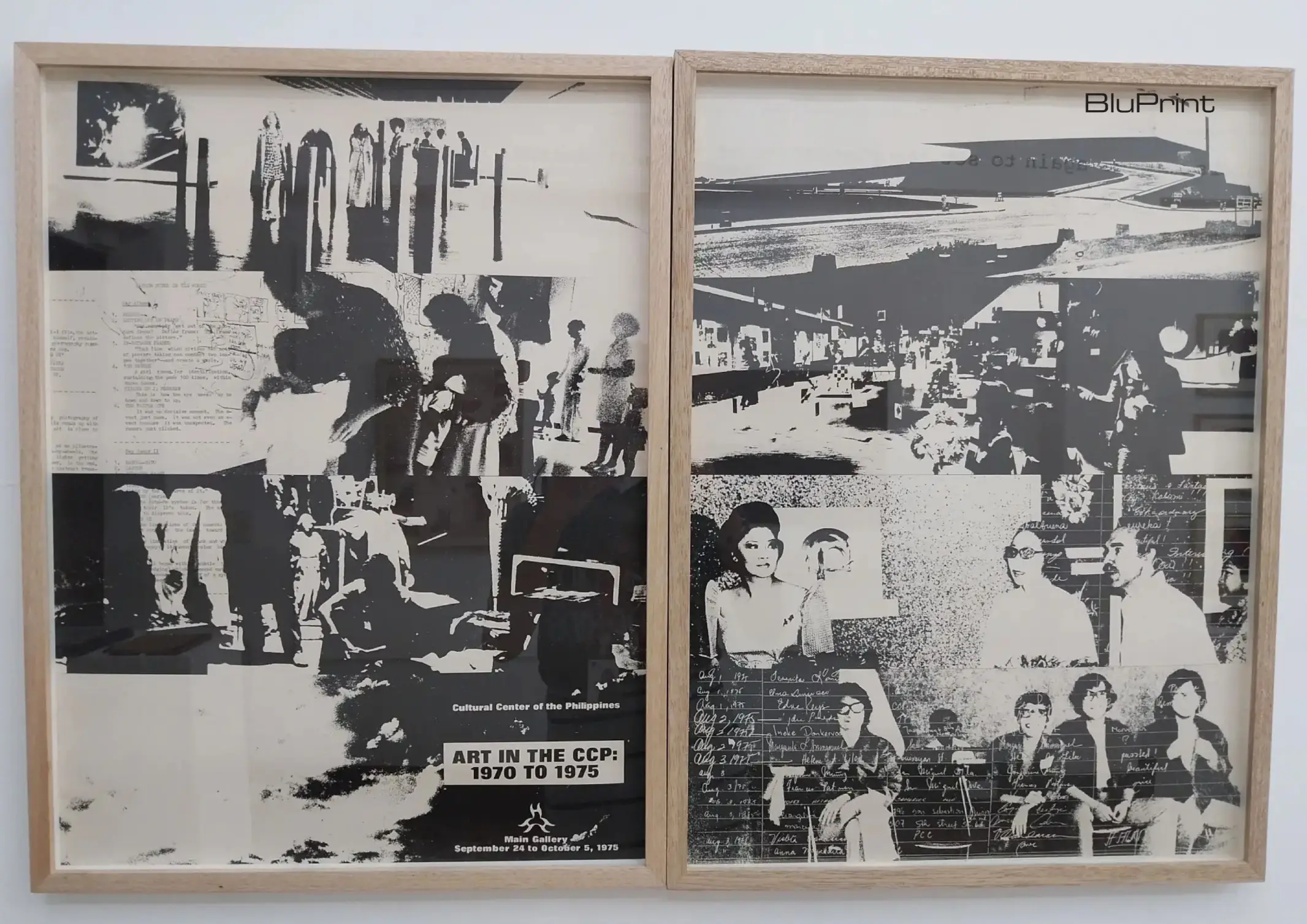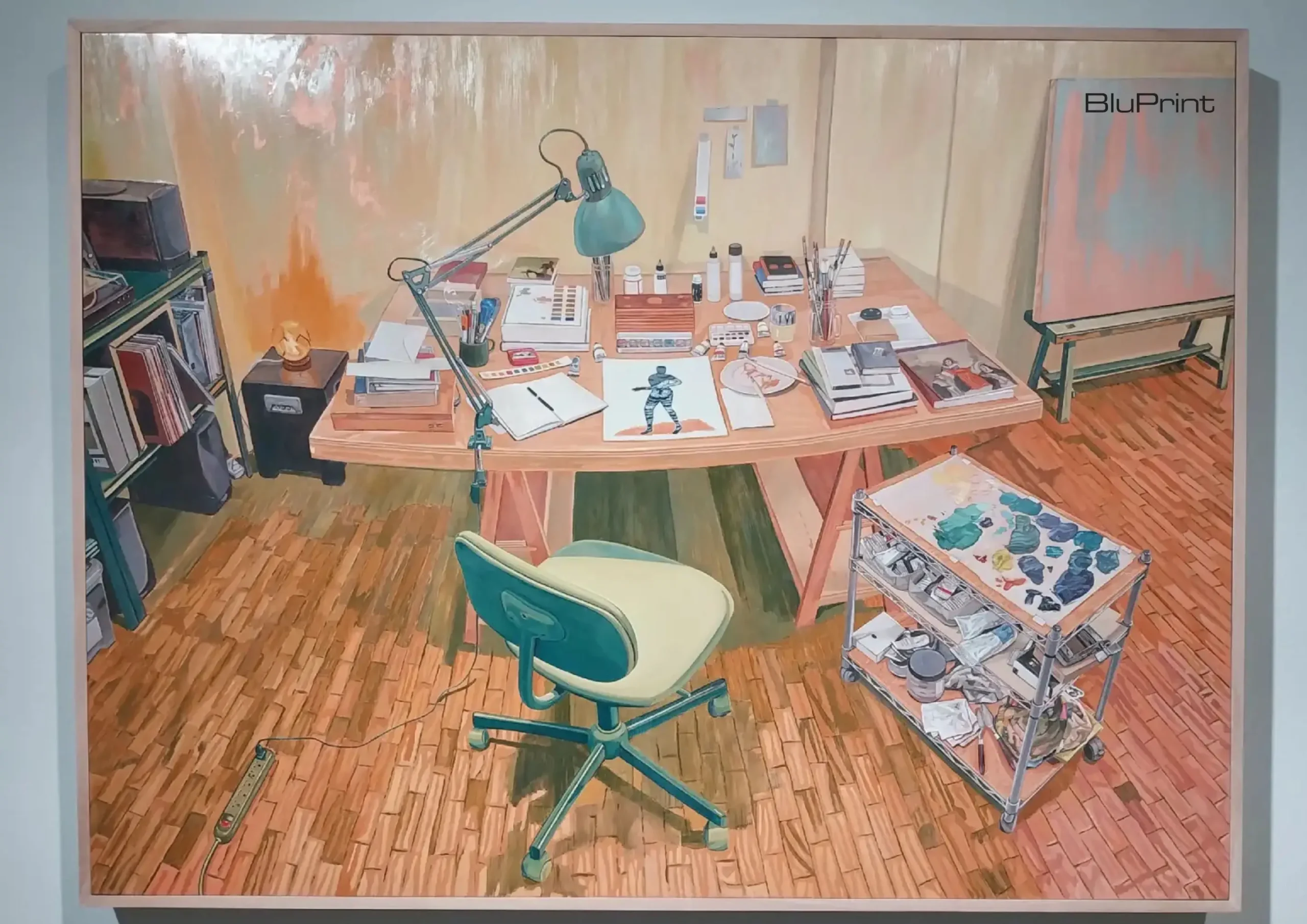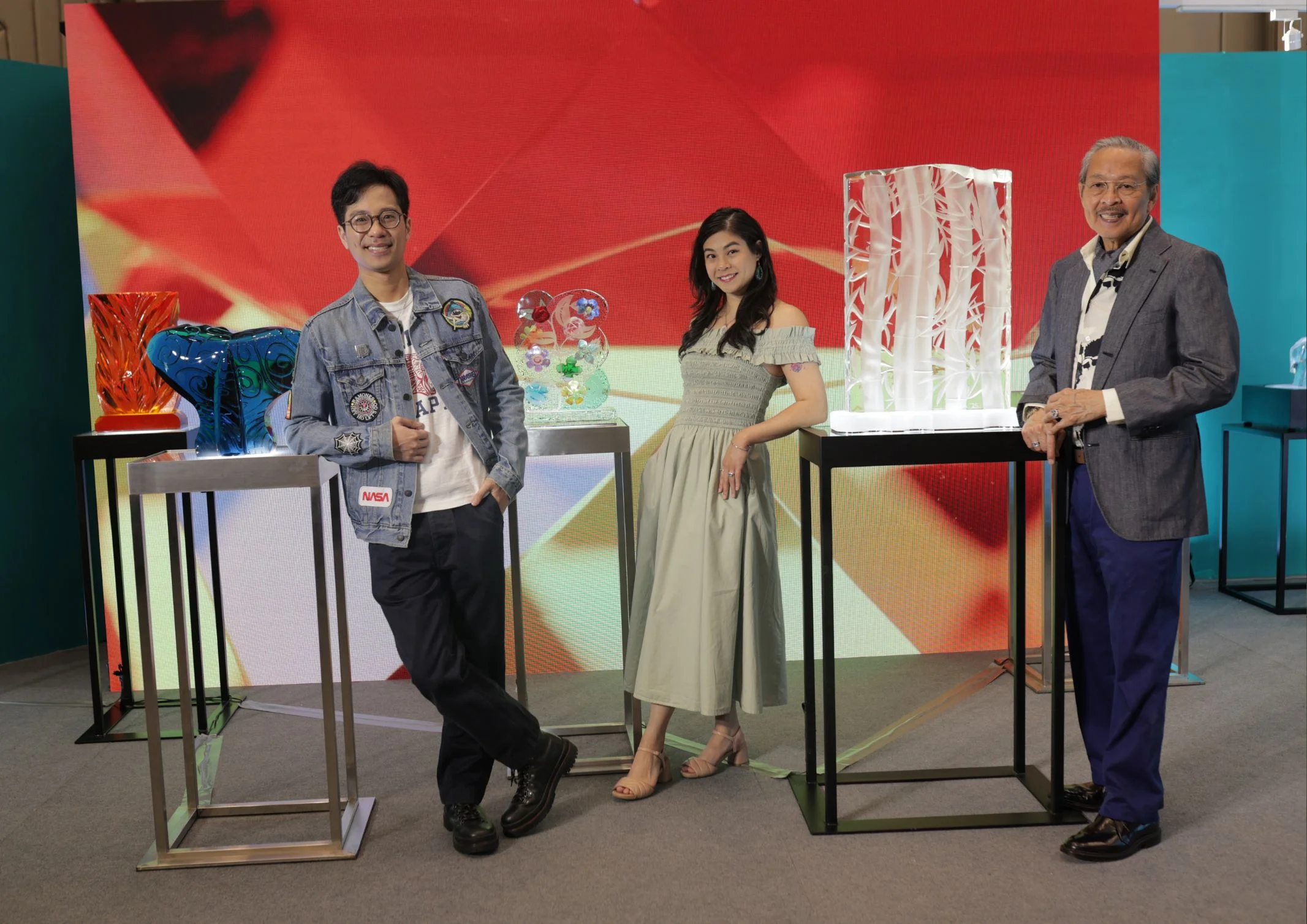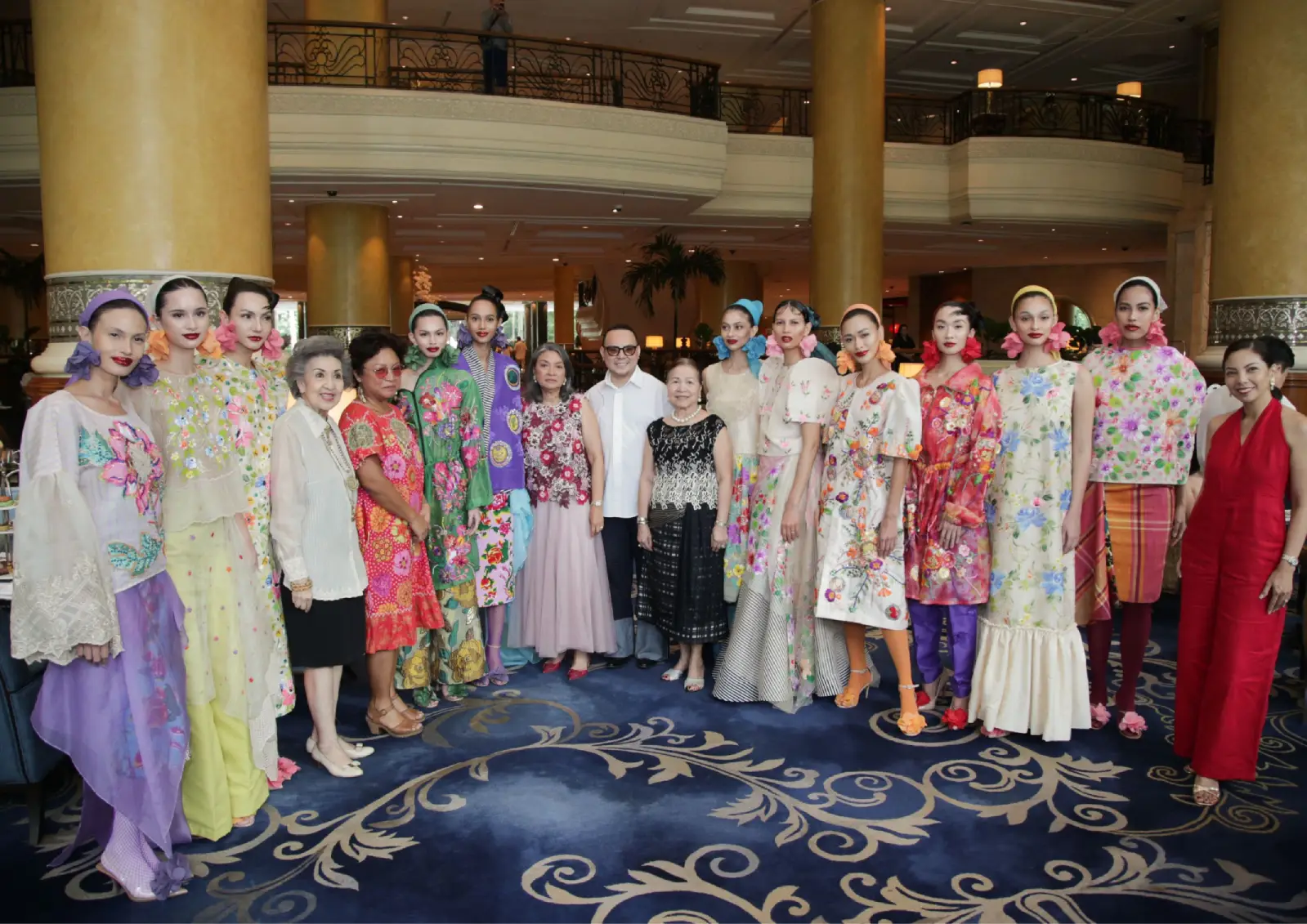Early Philippine Contemporary Art (1969-1985) is an exhibition at Calle Wright curated by Judy Freya Sibayan, a pioneer of Philippine conceptual art. A “self-archive” from Sibayan, the exhibition features photographs, write-ups, and advertisements. The exhibit showcases Sibayan’s own works alongside those of Huge Bartolome, Roberto Chabet, Ray Albano, and Johnny Manahan. Also represented are Nap […]
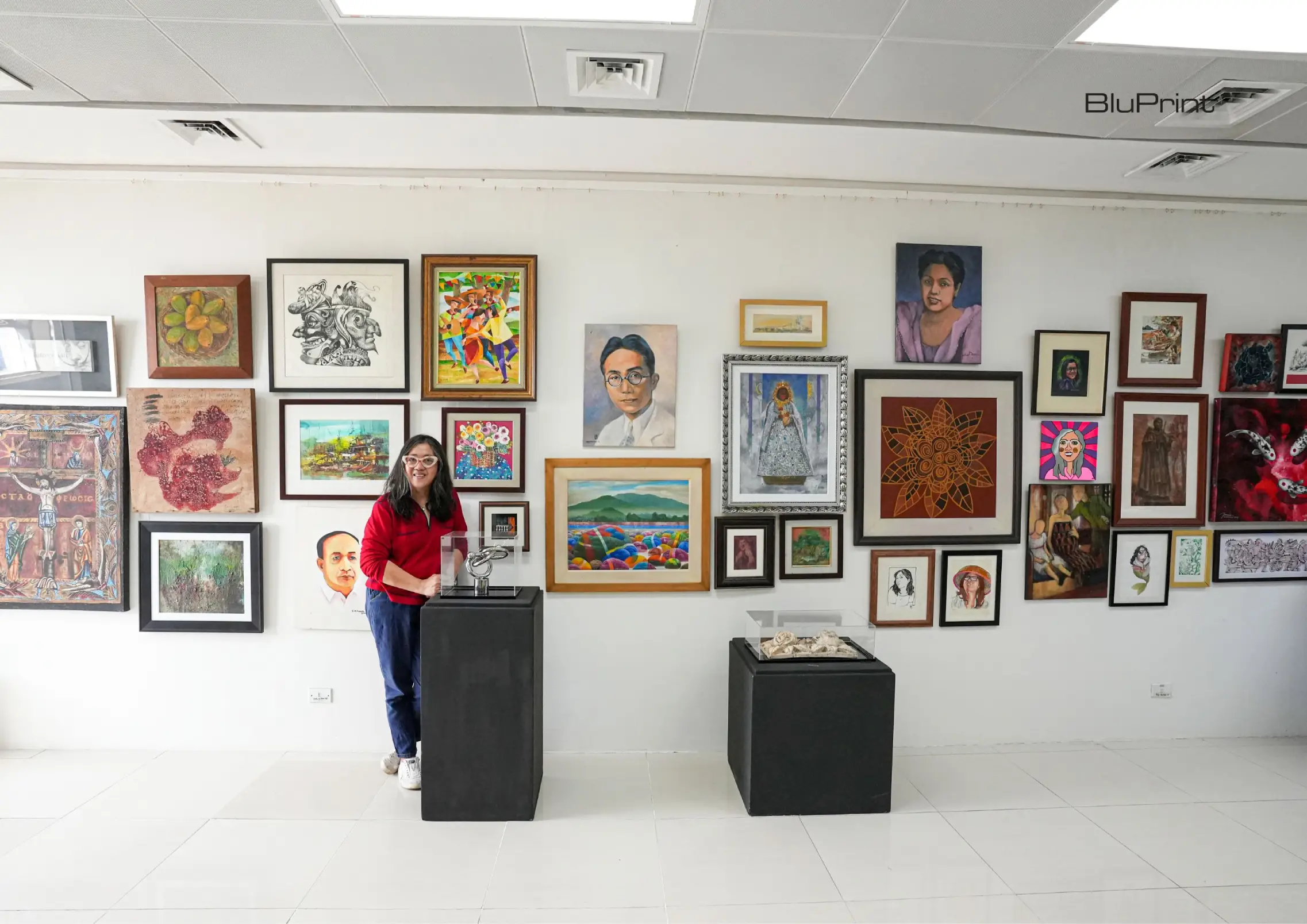
A Curator’s Journey Through Thomasian Art: From Appreciation to Advocacy
Art has a way of connecting us to both the past and the present, to our individual experiences and collective histories. For me, this exhibition isn’t just a display of beautiful pieces. It’s a marker of my own evolution as a curator, from a passive admirer of art to an active advocate for the rich creative legacy of the University of Santo Tomas (UST) and its community of alumni.
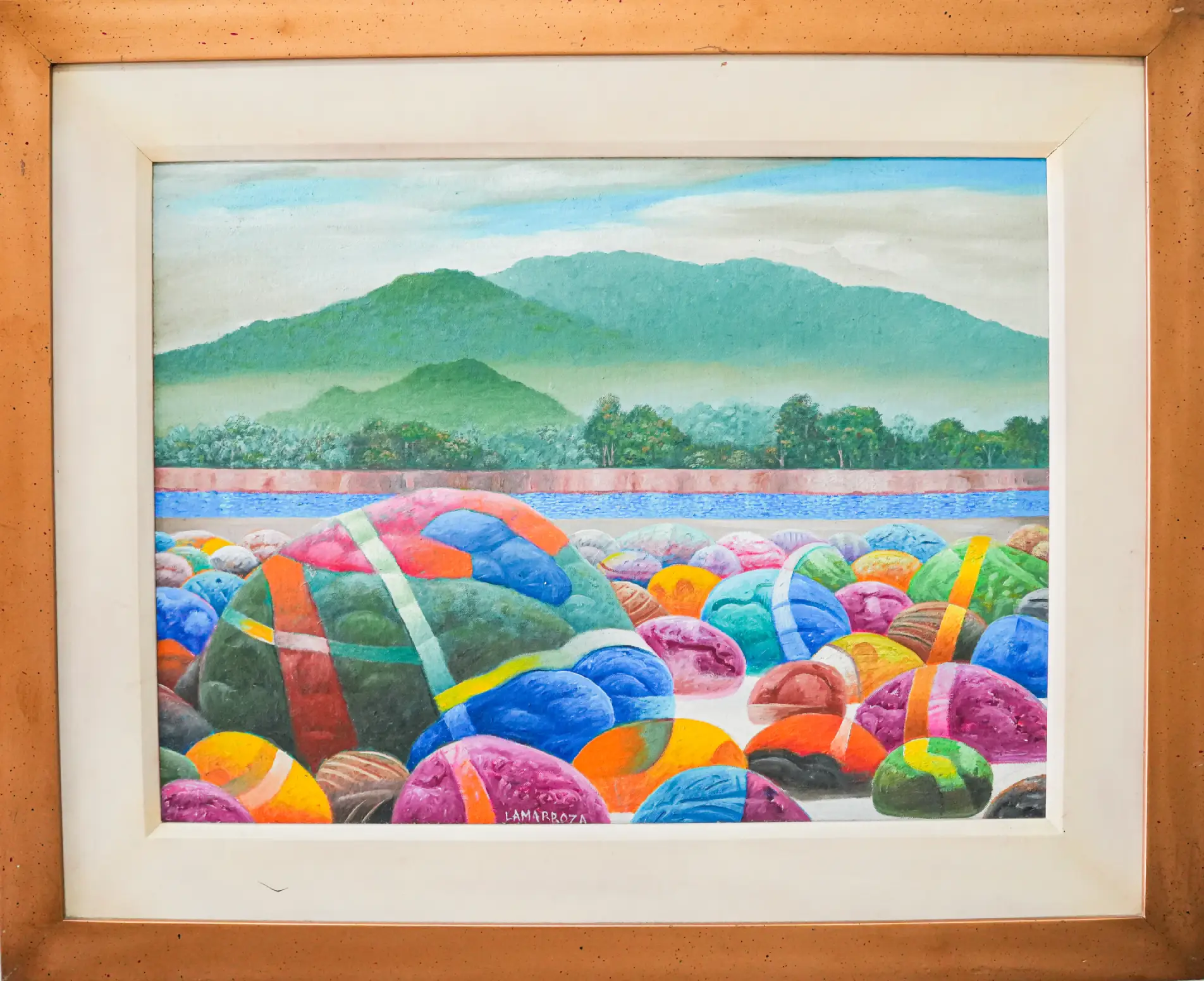
Though modest in scale, this exhibit is my attempt to capture a kaleidoscope of artistic expressions. Each piece is telling its own story, shaped by the artist’s vision, philosophy, and journey. To me, these works are far more than just objects to gaze upon: they are threads in the larger tapestry of time, memory, and shared history.
The Beginnings: A Quiet Admirer
When I first encountered art, I was simply an admirer—someone who saw art as a beautiful, sometimes enigmatic object in galleries or exhibitions. I would quietly marvel at paintings, sculptures, and installations, but the thought of owning or curating a collection felt like something distant and almost unattainable.
My time at UST, particularly in the College of Architecture and Fine Arts, gave me a different lens through which to see art. It wasn’t just about the outward beauty, but about the technical skill, context, and stories embedded in each creation. There, in the heart of that academic environment, I learned to appreciate art not just as an object of beauty, but as a cultural artifact—each piece tied to history, to personal relationships, and to an ever-evolving tradition.
The shift in my perspective came when I learned about provenance, or the history of a work of art. It wasn’t enough to simply know where a painting came from or who created it. I started to understand that every piece of art carries its own narrative. It could talk about the relationships between artists, the historical moments that shaped their work, and the struggles and triumphs behind their creation.
A Turning Point: The Gift of Art
In 2003, a pivotal moment in my journey forever altered my relationship with art. My classmate, Oliver Rabara, gifted me a framed clay artwork inspired by the antiquity of Vigan. It was a piece that not only celebrated the local culture but also connected me to a deeper, personal aspect of art: the idea that art can be a gift, a meaningful exchange and not just something to be admired from a distance. This gift made me realize that art could be a bridge between the present and the past, rooted in shared memories, culture, and history.
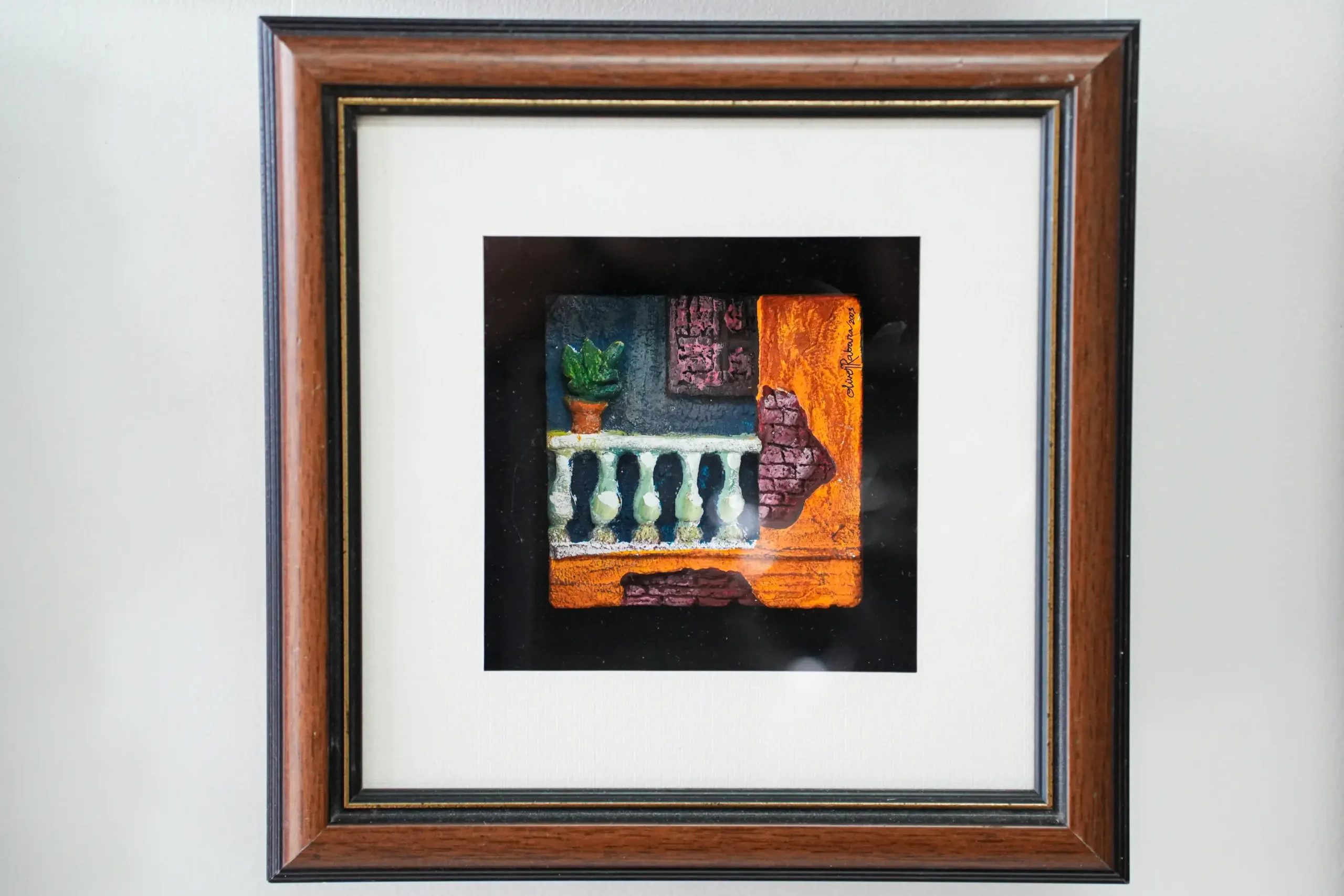
At the same time, I received another gift: The Art Collector’s Guidebook by Manuel Duldulao from another artist-friend, Joe Datuin. The book was a revelation, offering not just practical advice on art collecting but also exploring the deeper reasons why people collect. Duldulao’s perspective resonated with me: the idea that art collecting wasn’t about owning for ownership’s sake, but about preserving culture, education, and memory.
This was the turning point for me. My small collection, initially born from personal gifts, began to evolve into something more: a curated archive that spoke to my journey, my relationships, and my understanding of art as a living, breathing entity. Each piece became a marker of human connection—a story embedded in every brushstroke and line.
The Evolution of a Personal Collection
As my collection grew, it was no longer just a series of cherished gifts. It became a resource, a way to share the stories and memories encapsulated in each work. I didn’t want these pieces locked away in a private space; I wanted to share them, to foster conversation, to educate. The artworks, while personal to me, had a broader mission: to celebrate the legacy of Thomasians, past and present, and the incredible contributions they’ve made to Philippine art.
Through the careful curation of these pieces, I began to see that my role was no longer just that of a collector but also of an advocate—an advocate for the recognition of Filipino artists and the power of art to shape cultural conversations. This exhibition, modest in scale but rich in intention, is my way of honoring those who came before me, those who shaped the creative landscape of UST, and those who continue to inspire new generations.
Thematic Clusters: Organizing the Collection
As curator, I decided to structure the exhibition into thematic clusters, grouping the pieces not just by medium but by the stories they told. These clusters highlight the diversity of experiences and philosophies that shaped my collection:

- Early Beato Gallery Days Collection: This section showcases the early works of Thomasians, particularly those tied to the Beato Angelico Gallery. These fourteen pieces mark the foundational years of the artists’ careers, filled with exploration of form, color, and technique that laid the groundwork for their later works.
- Pioneer Faculty of Fine Arts Collection: Here, I pay tribute to the UST faculty whose artistic practice influenced the evolution of Philippine modern art. These three artworks not only reflect the academic rigor of UST but also speak to the educators’ ability to inspire change in society through art.
- Artistang Tomasino Collection: This section is dedicated to the alumni of UST, reflecting the diversity of artistic styles that have emerged from the university over the years. From realism to abstraction, the works vary, but what unites them is the shared Thomasianness: the unique experience of studying at UST and the creative outlook of these thirteen art pieces that the school fosters.
- Portrait Collection: This section highlights portraiture, a classic form of artistic expression. These five art works, whether intimate portraits of individuals or broader depictions of communities, capture the essence of the Filipino experience, reflecting both personal and social narratives.
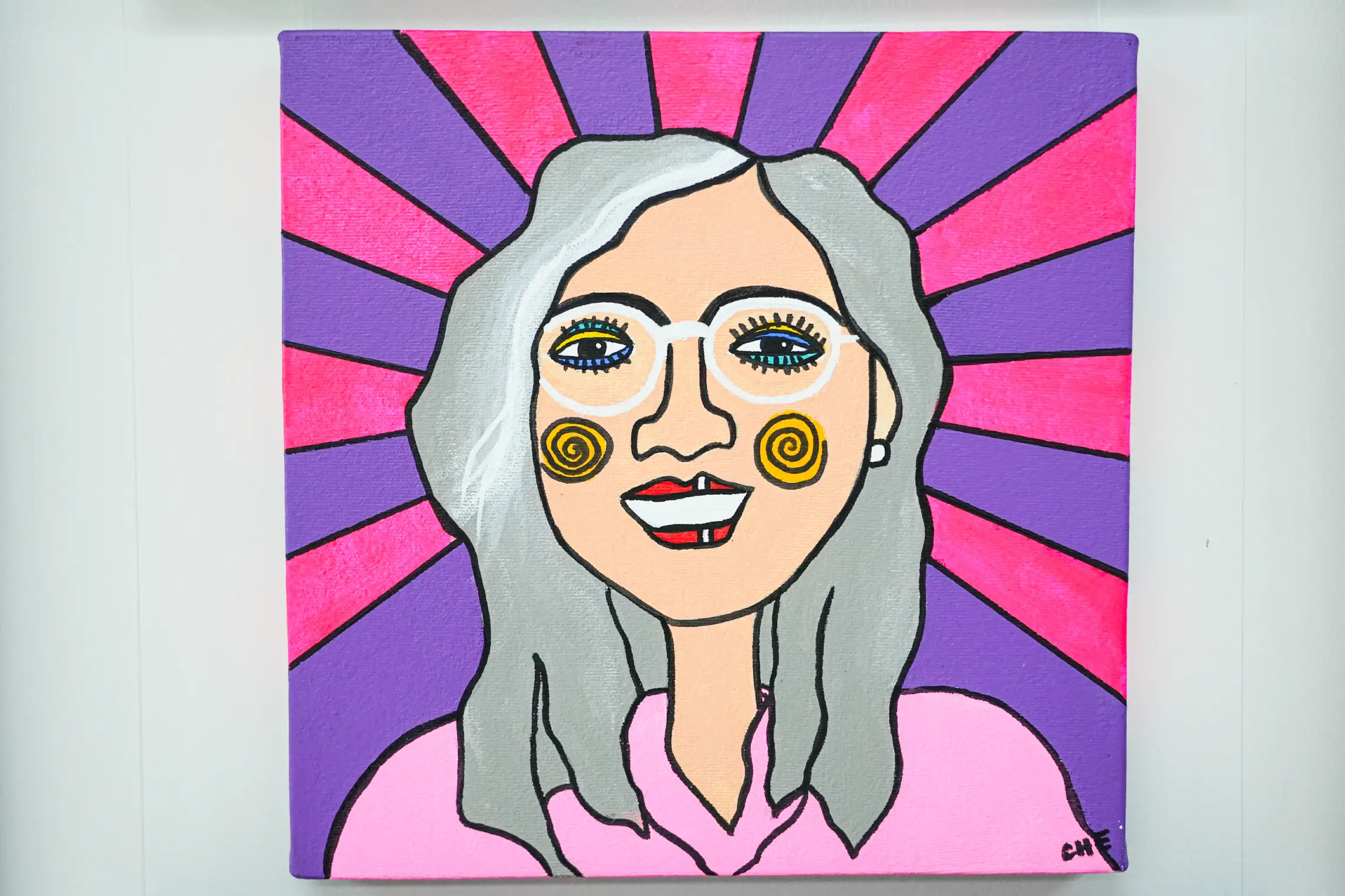
An Educational Experience: A Laboratory for Students
One of the most rewarding aspects of this exhibition was its role as an educational tool. Students from the Introduction to Exhibition Design course were given the opportunity to engage with my collection directly. They researched the origins of each piece, learning about its cultural significance and history.
Through this hands-on experience, they didn’t just learn how to curate; they learned the responsibility of curating. They discovered that to curate isn’t just to organize, it’s to tell a story, to preserve a culture, and to build a bridge between artists and their audiences.
The Value of Collecting: Preservation, Education, and Connection
Ultimately, this exhibition is about more than just art. It’s about preserving culture, fostering education, and creating connections. The act of collecting art isn’t just a personal pursuit. It’s an act of cultural stewardship: of preserving the stories, memories, and shared experiences that shape us.
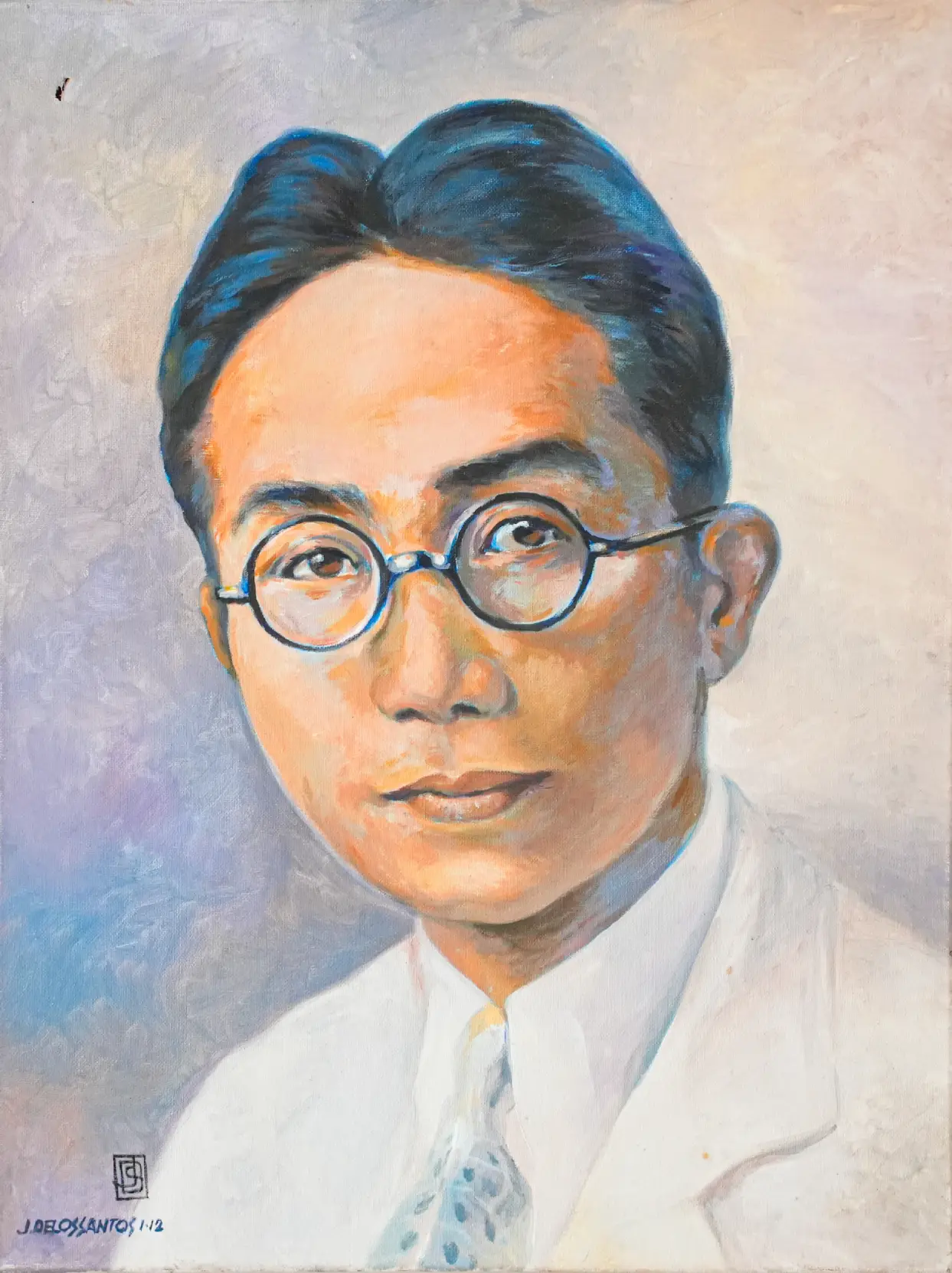
Art, when collected with intention and purpose, becomes a bridge across generations. It’s not about ownership, but about ensuring that these works continue to resonate, to inspire, and to connect us to our past, our present, and our future.
Art as a Living Legacy
As you walk through this exhibition, I hope you see the art not just as beautiful objects, but as living legacies. Each piece is a part of a larger story that connects us all. This exhibit isn’t just a collection of works; it’s a celebration of the deep connections between artists, mentors, and community.
My journey as a curator has been one of transformation—from an admirer of art to an advocate for it. But this is not just my journey. It’s a journey we can all share, one that calls us to deepen our relationship with art, to preserve its legacy, and to understand its power to unite, inspire, and educate.
Through this exhibition, I invite you to reflect not only on the significance of the art itself but on the relationships and histories embedded within each piece. Art, when cared for with purpose, transcends time. It’s a living, evolving part of who we are, and we all have a role in ensuring that its legacy endures.
Photographed by Jeremy Edera of UST Varsitarian.
Related reading: How to Install Historical Exhibits in Adaptively Reused Structures
